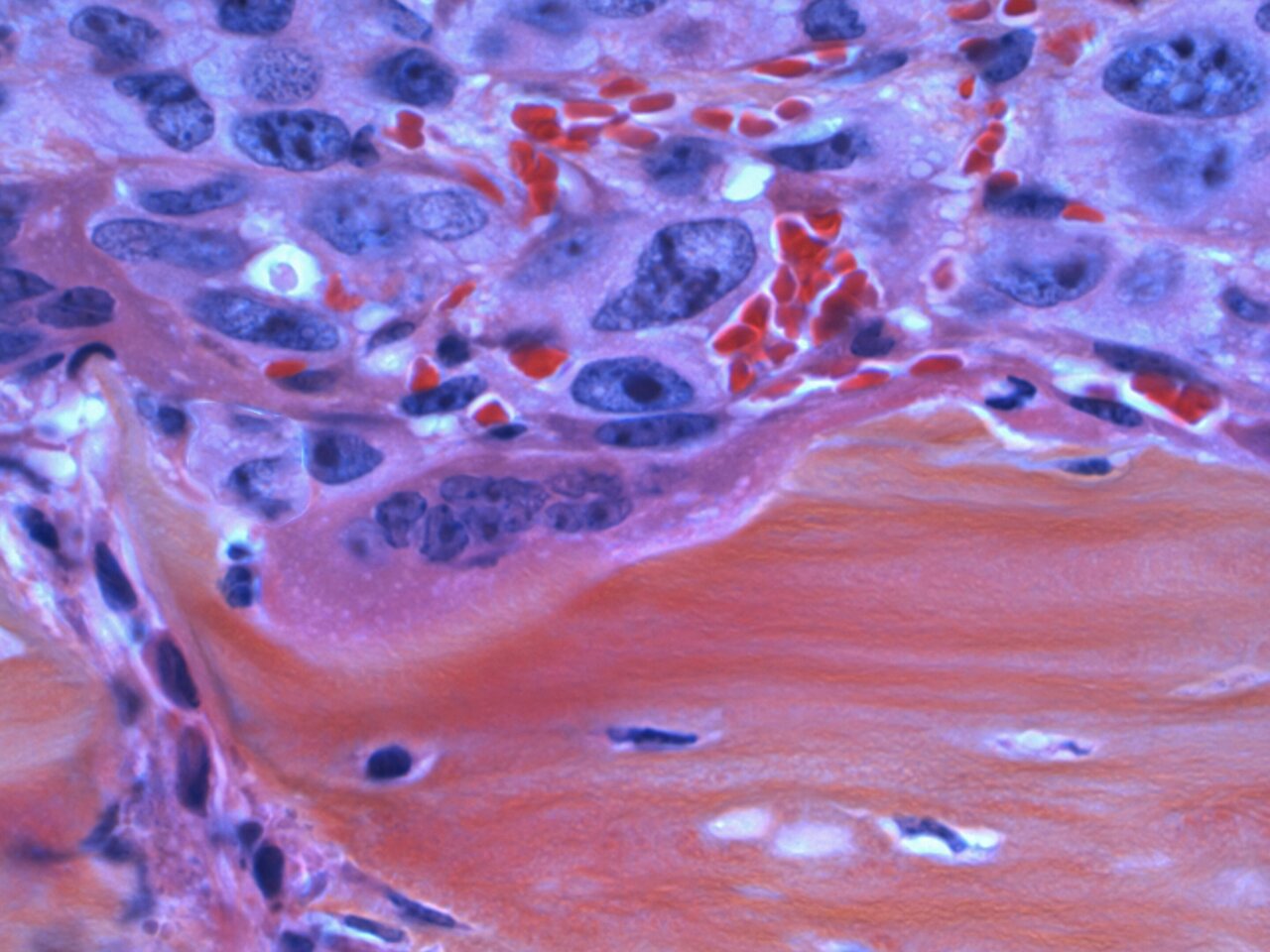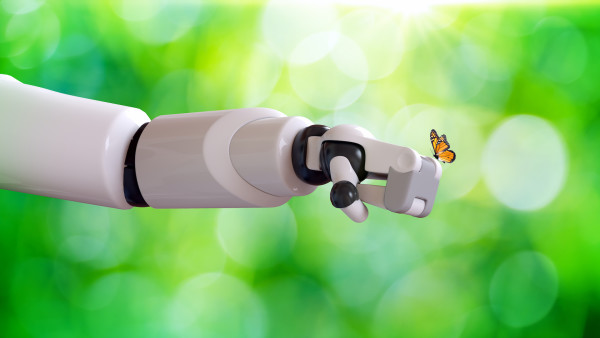Human pathologists undergo extensive training to identify instances of tissue contamination, where samples from one patient are erroneously placed on another patient’s microscope slides, a phenomenon known as tissue contamination. However, artificial intelligence (AI) models, typically trained in controlled, simulated settings, can struggle with such scenarios, as highlighted in a recent study by Northwestern Medicine.
The study reveals that while AIs excel at distinguishing between predefined categories in pristine conditions, they may falter when exposed to a range of unfamiliar materials in real-world applications. Dr. Jeffery Goldstein, the corresponding author and director of perinatal pathology at Northwestern University Feinberg School of Medicine, emphasizes the discrepancy between AI performance in controlled environments versus real-life challenges.
In this research, scientists trained four AI models to analyze various aspects of tissue samples, such as detecting blood vessel damage, estimating gestational age, classifying lesions, and identifying prostate cancer. Subsequently, the AIs were exposed to contaminant tissues randomly sampled from other slides, leading to errors in their diagnostic capabilities across the board.
The study, recently published in Modern Pathology, underscores how tissue contamination adversely impacts machine-learning models, a factor often overlooked by non-pathologist researchers and clinicians. While pathologists are adept at disregarding contaminants in their analyses, AI models struggle to differentiate between relevant and contaminant elements, leading to distractions and errors in their assessments.
Unlike humans who sequentially examine different fields of view under a microscope to form a comprehensive diagnosis, AI models face challenges in prioritizing information and filtering out irrelevant data. The study emphasizes the need to address the AI models’ susceptibility to distractions caused by biological impurities, urging practitioners to enhance the models’ ability to discern and disregard contaminants effectively.
While previous studies in pathology have focused on image artifacts like blurriness or debris on slides, this research is the first to investigate the impact of tissue contamination on AI performance. Despite encountering obstacles during the study, Dr. Goldstein remains optimistic about integrating AI into pathology practices, particularly in the evaluation of placental tissue, to enhance diagnostic accuracy and efficiency.
The study’s findings shed light on the importance of addressing real-world challenges in AI applications within pathology, emphasizing the ongoing need to refine machine-learning models for practical clinical use.






